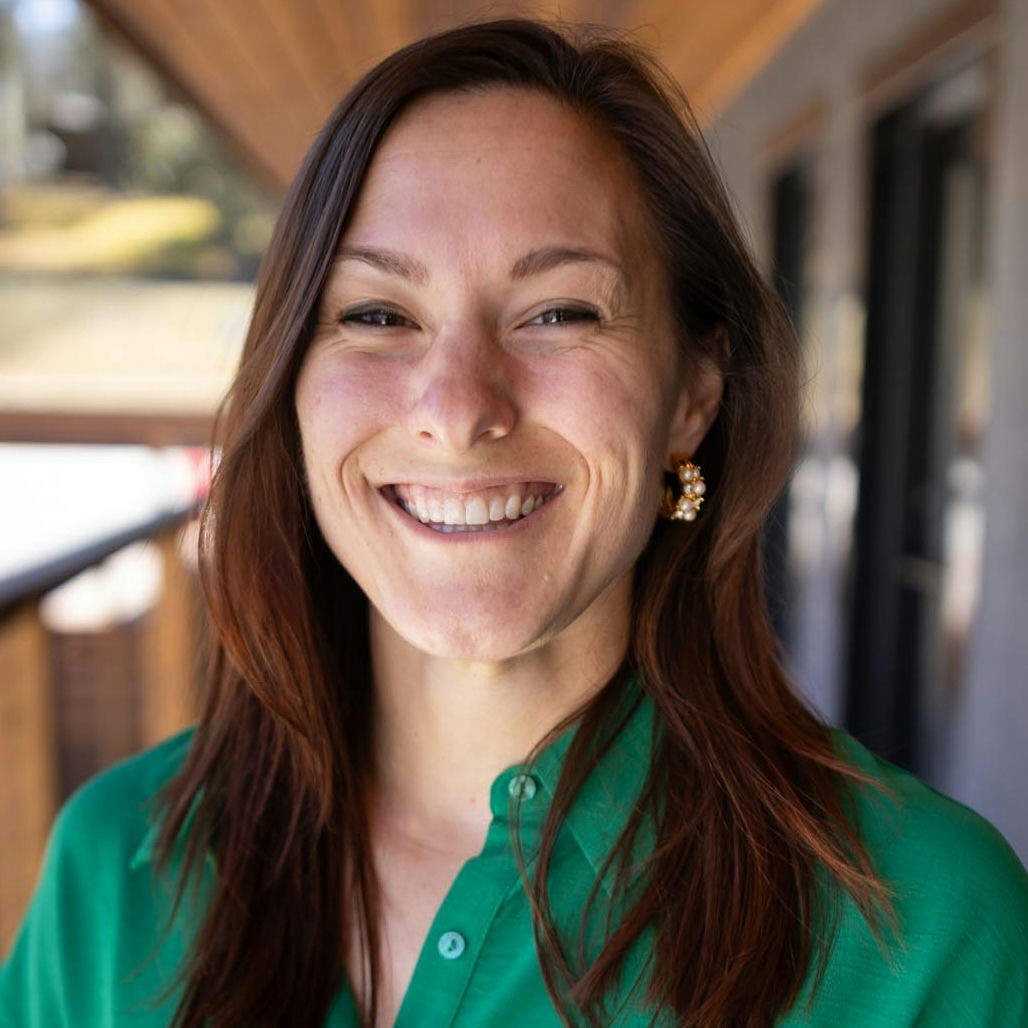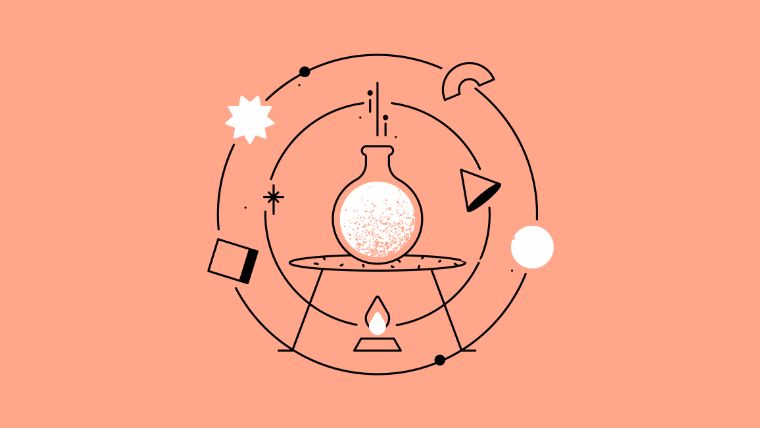Adaptive learning paths can sound intimidating, but they’re surprisingly straightforward. Creating learner pathways inside your learning academy requires you to do two things:
- Personalize your eLearning content to meet learner needs, and
- Apply logic to hide or show content based on predefined conditions.
Think about this example: We create product onboarding as if no one has ever used our product before. But the reality is, lots of people switch companies and bring their favorite products with them. And even if a new customer hasn’t used your tool in the past, they might be familiar with a similar product. When learners have different needs, it doesn’t make sense to force everyone down the same path.
With adaptive learning paths, you can send different learners on different learning journeys based on their needs.
We sat down with Joe King, Intellum partner and an experienced learning designer, to chat about how he’s built adaptive learning paths using Evolve.
Start with accessibility.
King points out that adaptive learning is a great way to enhance accessibility—something that should be top of mind for most education professionals.
“Logic is the be-all-end-all of Evolve,” King says. “You tell Evolve what you want it to do: We can hide and show different things throughout a course.”
For example, let’s say a learner with dyslexia is struggling to understand something given how it’s written. The learning designer could program a button to say “I don’t understand this piece of content.” When the learner clicks on that, it would hide the old content and show them a new version that might better suit their needs.
An adaptive learning path could adjust difficulty levels based on real-time learner performance—or give recommendations based on learner preferences or abilities.
Capture learner competency.
In order to push learners down the right path inside your learning destination, you need to understand what they know.
There are different ways to assess prior knowledge, including:
- Direct measures, like pre-course surveys and assessments
- Indirect measures, like self-reporting and prior course inventories
“Our work with Twitter was based around their Ad Studio, and helping users to increase their business revenue,” King says. Joe says he and his team are “massive fans” of asking pre-course questions:

“We might show an article or piece of content then ask, ‘Do you understand this?’ The learner might say, ‘I don’t get it.’ Or, ‘I know X or Y.’”
“For Twitter users, we ask, ‘Do you know what a Twitter account is?’ And then we can start redirecting the path. They might need to learn the basics. But if they know how to use Twitter, we’re not going to show them the simple stuff; we’ll show them how to tweak their ad spend for better ROI.”
With a financial institute client, the process of capturing learner competency was different.
“We were tasked with teaching UK culture for a financial institute’s call center employees in India and the Philippines,” King says. “The company gave us demographic information, so we started from there.”
Meet people where they’re at, and help them build on their knowledge.
“This financial institution’s employees already know their banking products; they know what an overdraft is, what a credit card is, etc.,” King says. “So we’re offering a new skill set: servicing UK customers. The company’s products are different in every country, and there are 40 different accents in the UK. We created a narrative using what they already know about banking products and incorporating that with the different accents or vocabulary they might hear.”
King joined us on an episode of Underscore to talk about learner-centric content creation.
Personalize content based on learner personas.
King gives two examples of who might use Twitter ads to grow their business revenue: the bookstore owner and the hair salon owner.
“We might see what the bookstore owner could do on Twitter on World Book Day,” he says. “We might teach them, ‘Instead of posting a Tweet, why not post a picture of the book and then do x.’ Clearly, this learner's journey is different from the hair salon owner’s learner journey.”
King used Evolve to build personalized pathways with infographics and logic. This type of personalization ensures the learner is getting the most value out of the content—and the company is seeing better results from the education program.
Success is about getting the content right—and that starts with mapping out the learning experience.
While King’s team specializes in Evolve, they also have a recording studio, plus an animation studio; they do GIFs, animation videos, and voiceover work.
But he’s quick to point out that content quality and relevance are the most critical things a learning designer must get right.
“If your content is poor, your outcomes will be poor,” King says.
Good news: Content mapping doesn’t require any fancy tools. In fact, King uses a simple Word Document.

“The Word Doc is our source of truth,” he says. “Everyone comments on it, and that’s where changes are made. As the course and content evolves, we update the doc so everything is in one place.”
With every project, you learn something new.
The best learning designers have a growth mindset that allows them to be constantly improving their craft and delivering better results.
Here are some lessons King has learned across the years:
- Map out content—but build as you go. “When you take your eLearning from a Word Doc to a real-life interactive piece with graphics and elements, you might see that it doesn’t work as you envisioned. You might realize, “Oh, that’s distracting; we need to simplify it.’ I’m a strong believer in mapping things out, and at the same time building it and seeing what happens.”
- Speed is always of the essence. “Building off my last point, you have to learn how to work at a fast speed but also create good content. It’s hard to get the balance right. Always analyze what could have gone better after each project concludes.”
- Narrative-driven content works. “We work on narrative-driven content like I described in the financial institution example. Over the years, I’ve learned that it’s proven and it works. It keeps people engaged and entertained.”
- Thorough testing is always a good idea. “Even if an internal stakeholder says, ‘We don’t need to test,’ test anyway. Hold your ground. Run through different learner persona groups, different reading ages, etc.”
- Go beyond plain text to maximize engagement. “Using Twitter as an example, we didn’t want to lead learners through text because we knew they’d be bored. Also, these learners are independent business owners; they don’t have time for that. So we asked ourselves: What is it about Twitter that people like? Tweets and DMs. So let’s create a story through Tweets and DMs.”
Continue your learning!
Keep learning about adaptive learning paths and personalized content with these resources:
How modular content allows education teams to scale development
A complete guide to customer product training



.png)

